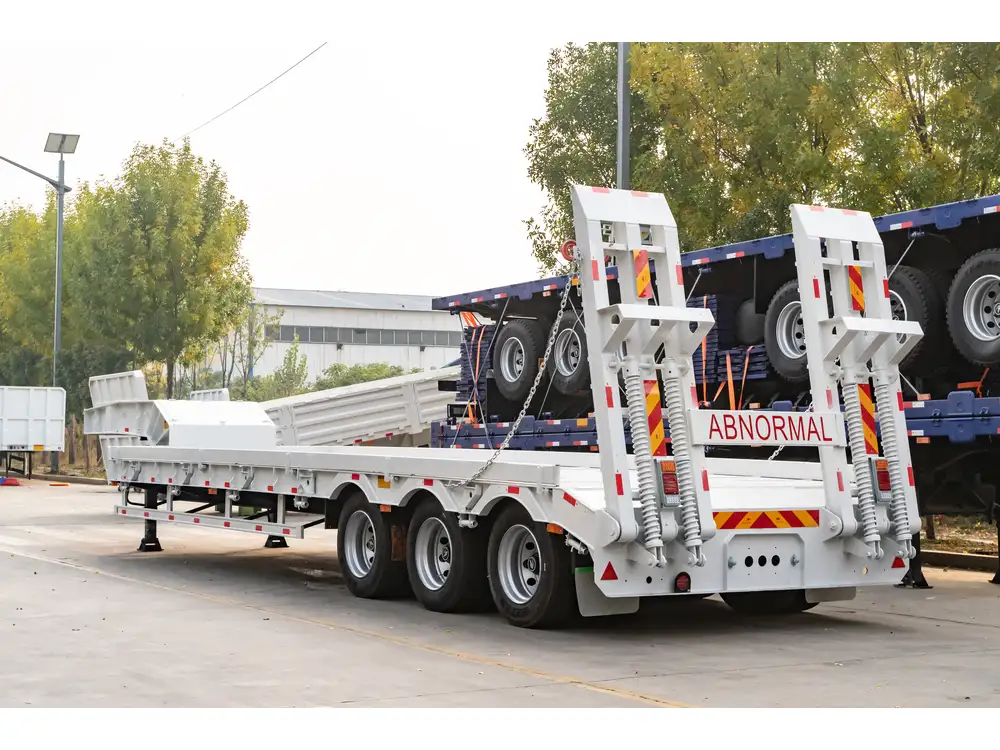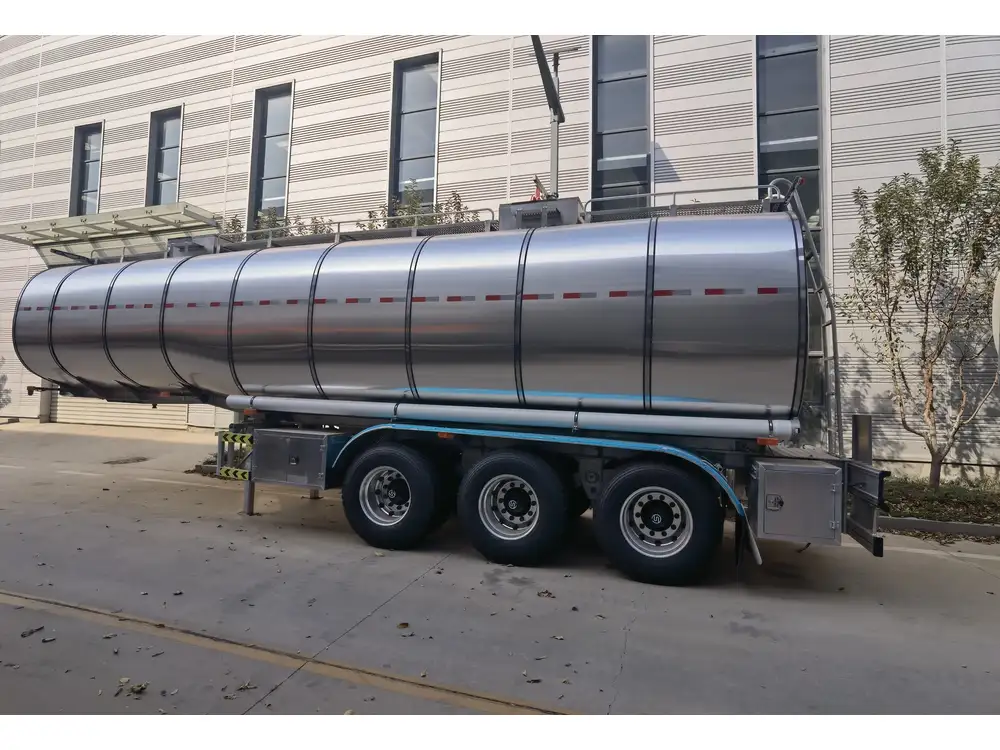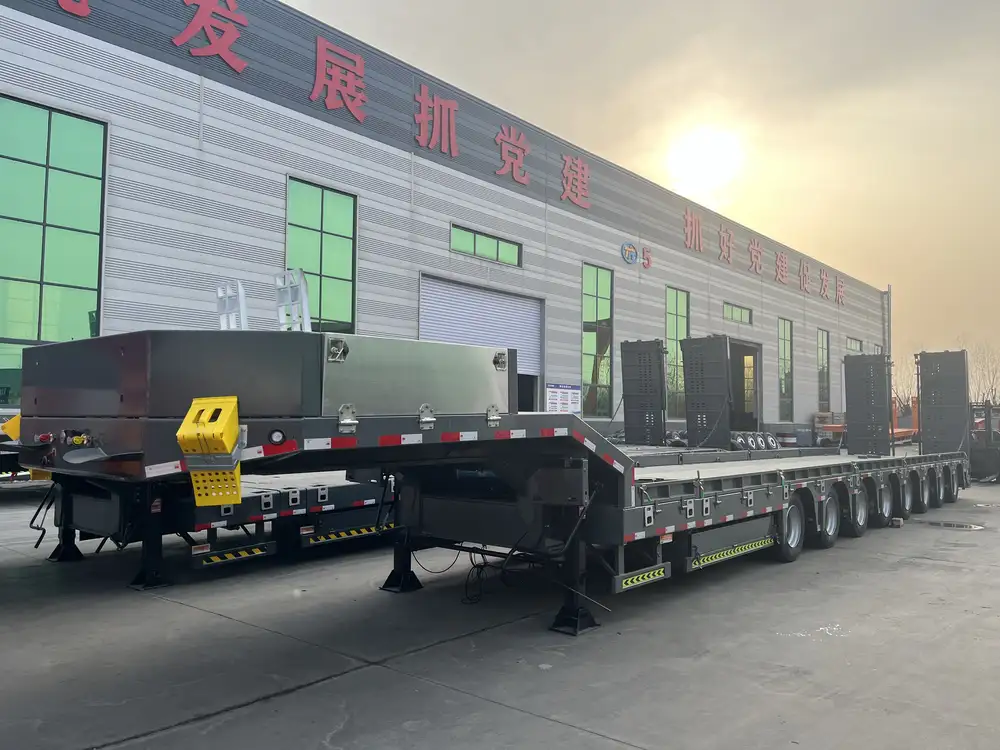When delving into the diverse world of transportation, especially in freight logistics, distinguishing between various vehicle configurations is imperative. Among these, a semi-truck without a trailer holds particular intrigue. To navigate this topic effectively, we will explore the terminology, functionality, and impact of these vehicles within the trucking industry.
What Is a Semi Truck Without a Trailer?
A semi truck without a trailer is typically referred to as a bobtail truck. The term “bobtail” derives from the fact that the truck’s cargo area is absent, resembling a “bobbed” or shortened tail. This nomenclature reflects not merely the absence of a trailer but shapes the operational dynamics of the semi truck in practical scenarios. The bobtail configuration often prioritizes maneuverability and speed, making it a vital choice for various transportation needs.
The Anatomy of a Bobtail Truck
To understand a bobtail truck, it’s crucial to dissect its anatomy and design features:
| Feature | Description |
|---|---|
| Cab Design | Usually a conventional cab (engine in front) that allows for comfortable seating for long hauls. |
| Engine | Similar powerful engines present in standard semi-trucks, enabling significant horsepower and torque. |
| Chassis | The structure is built robust enough to support heavy loads, despite the absence of a trailer. |
| Wheels & Axles | Commonly equipped with dual rear wheels for stability, while front wheels are designed for optimal steering. |
The bobtail truck diverges from the conventional semi-truck system primarily due to its lack of a trailer. This absence leads to unique operational characteristics, influencing ease of navigation and fuel efficiency.

The Versatile Applications of Bobtail Trucks
Bobtail trucks serve several vital roles across various sectors. Below are some scenarios illustrating their importance:
1. Local Deliveries and Distributions
Bobtail trucks are often seen delivering goods within urban environments. Their compact design makes it easier to navigate crowded city streets and tight spaces, thereby enhancing delivery efficiency.
2. Towing Applications
In some cases, bobtails can effectively tow various types of equipment, including construction tools, small trailers, or storage containers. This versatility enables operators to adjust their transportation methods depending on specific operational demands.

3. Service and Maintenance Tasks
Maintenance crews often utilize bobtail trucks for service calls to construction sites or other remote locations. Their ability to carry tools and equipment while remaining nimble makes them invaluable in these scenarios.
4. Transporting Specialized Cargo
Bobtail trucks are increasingly being adapted for specialized cargo transport, such as refrigerated goods or hazardous materials, given their ability to be fitted with specific cargo compartments. This adaptability pushes the operational boundaries of traditional trucking.
Bobtail vs. Traditional Semi-Truck: A Comparison
Understanding the nuanced differences between a bobtail truck and a traditional semi-truck enhances our knowledge of their respective uses and capabilities. Let’s compare these two configurations:
| Feature | Bobtail Truck | Traditional Semi-Truck |
|---|---|---|
| Trailers | None, leads to a more compact design | Coupled with one or more trailers |
| Maneuverability | Superior in urban settings | Less maneuverable due to length |
| Load Capacity | Limited to the truck’s payload | Can vary widely depending on trailer size |
| Fuel Efficiency | Generally more fuel-efficient over short trips | Often less efficient due to added weight |
| Operational Flexibility | Highly flexible for short-range tasks | Primarily suited for long-distance freight |
This comparison highlights a significant operational distinction: a bobtail truck’s capacity for maneuverability and efficiency in shorter transport scenarios, whereas traditional semi-trucks excel in carrying larger loads over long distances.

The Economic Impact of Bobtail Trucks
The presence of bobtail trucks in the transportation and logistics sector creates ripple effects on both local economies and broader market dynamics:
Cost Efficiency
Bobtail trucks can reduce operational costs for businesses by:
- Minimizing fuel consumption during local deliveries.
- Decreasing parking requirements due to their smaller size.
- Lowering maintenance costs as the vehicle usage typically involves less wear and tear on the truck compared to longer-haul operations.
Enhancing Delivery Speeds
With rapid urban logistics becoming a hallmark of customer satisfaction, bobtail trucks help improve delivery speeds in congested areas. This translates into faster service and potentially boosts business sales.

Job Creation
As industries evolve with logistics demands, the flexibility offered by bobtail trucks leads to increased job opportunities. From drivers to maintenance staff, every segment sees the benefit of this vehicle category, ultimately contributing to economic growth.
Challenges Faced by Bobtail Truck Operators
Despite their benefits, bobtail trucks come with challenges that operators must navigate efficiently:
Load Limitations: With reduced cargo capacity, the profitability of each trip may be limited compared to full-trailer configurations.
Regulatory Compliance: Operators must remain vigilant about local regulations regarding the weight and type of cargo permitted on bobtail trucks.
Navigational Challenges: Although designed for maneuverability, some environments may still present difficulties, with narrow streets or congested intersections posing potential hazards.
Maintenance and Safety Considerations for Bobtail Trucks
Ensuring optimal performance and safety is crucial for all trucking configurations, and bobtail trucks are no exception. Below we detail essential maintenance and safety protocols that should not be overlooked:

Routine Maintenance Checklist
- Tire Inspections: Regularly check tire pressure and tread depth to prevent blowouts and ensure road safety.
- Brake System Evaluation: Frequent assessments of the braking system to ensure proper operation and responsiveness.
- Engine Maintenance: Adhere to regular oil changes and engine diagnostics to maintain efficiency.
- Lighting Systems Check: Ensure all lights, including headlights and brake lights, are functional to enhance visibility and safety during night driving.
Safety Tips for Bobtail Drivers
- Adhere to Speed Limits: Given their lighter load and enhanced maneuverability, bobtail drivers should still comply with speed regulations.
- Maintain a Safe Following Distance: A lack of a trailer demands a keen understanding of the truck’s stopping distance, especially in emergency situations.
- Stay Aware of Surroundings: Drivers should remain vigilant of their environment, particularly in urban settings where pedestrians and cyclists abound.
Conclusion
Understanding the nuances of a semi truck without a trailer, or bobtail trucks, illuminates the varying functionalities that support the ever-evolving landscape of the transportation industry. As businesses increasingly lean towards efficient and versatile solutions, bobtail trucks will continue to play an essential role.
Whether it’s executing quick local deliveries or adjusting to specialized transport needs, bobtail configuration emerges as a strategic asset. Recognizing their value not only aids operators but also enriches the broader discussion on logistics and economic impact.
Through effective maintenance practices and a keen awareness of operational challenges, users can maximize the benefits of bobtail trucks. As these vehicles carve their niche within the freight transportation sector, understanding their advantages and limitations prepares all stakeholders for the journey ahead.



